MARIANI’S
Virtual
Gourmet
DECEMBER
20, 2015
NEWSLETTER
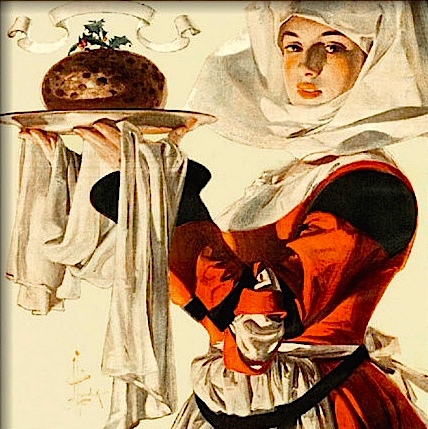
❖❖❖
IN THIS ISSUE
NEW ORLEANS DINING
Part Two
By John Mariani
NEW YORK CORNER
Ben & Jack's Steak House
By John Mariani
NOTES FROM THE WINE CELLAR
ROSÉ CHAMPAGNES MAKE FOR
FESTIVE HOLIDAY DRINKING
By John Mariani
❖❖❖
NEW ORLEANS DINING
Part Two
By John Mariani
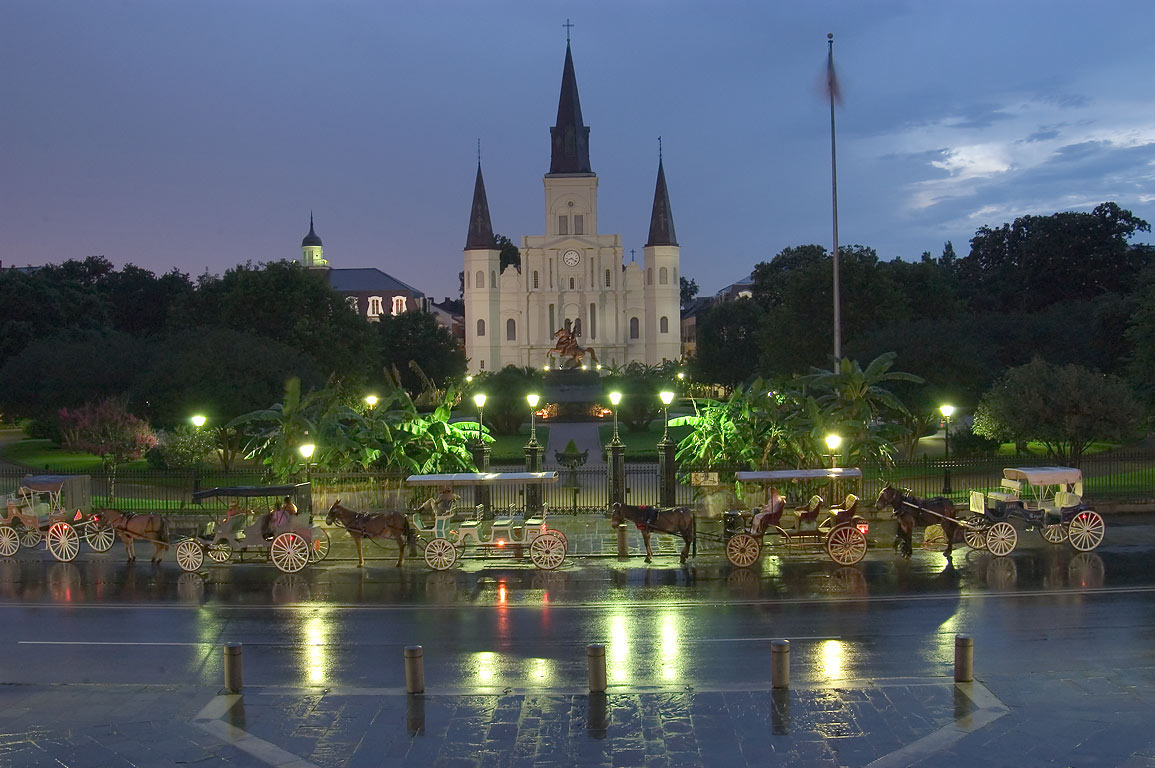
Jackson Square
The idea of re-opening the old, abandoned
Brennan’s in the French Quarter was not without
its doubters.
For, as venerable as the old place was,
there were detractors who had seen it slide after
Katrina, and some questioned whether it needed to
come back to life at all. It was a relic of
another time, when the name and the nostalgia for
“Breakfast at Brennan’s” kept the fires burning. Family
dissents didn’t help, followed by fiscal problems,
and by 2012 it looked like the dowager was going
to be re-habbed by a developer for some other use.
Thank heavens, then, for another Brennan,
from a side of the family whose feud with another
side of the family had for decades been a
depressing, wheezing saga. Here is not the place to
go into all that, but, if anyone were to revive
Brennan’s, it was to be Ralph Brennan (along with
partner Terry White), already the very successful
scion who runs Ralph’s on the Park, The Redfish
Grill, Napoleon House and several other restaurants
around the city.
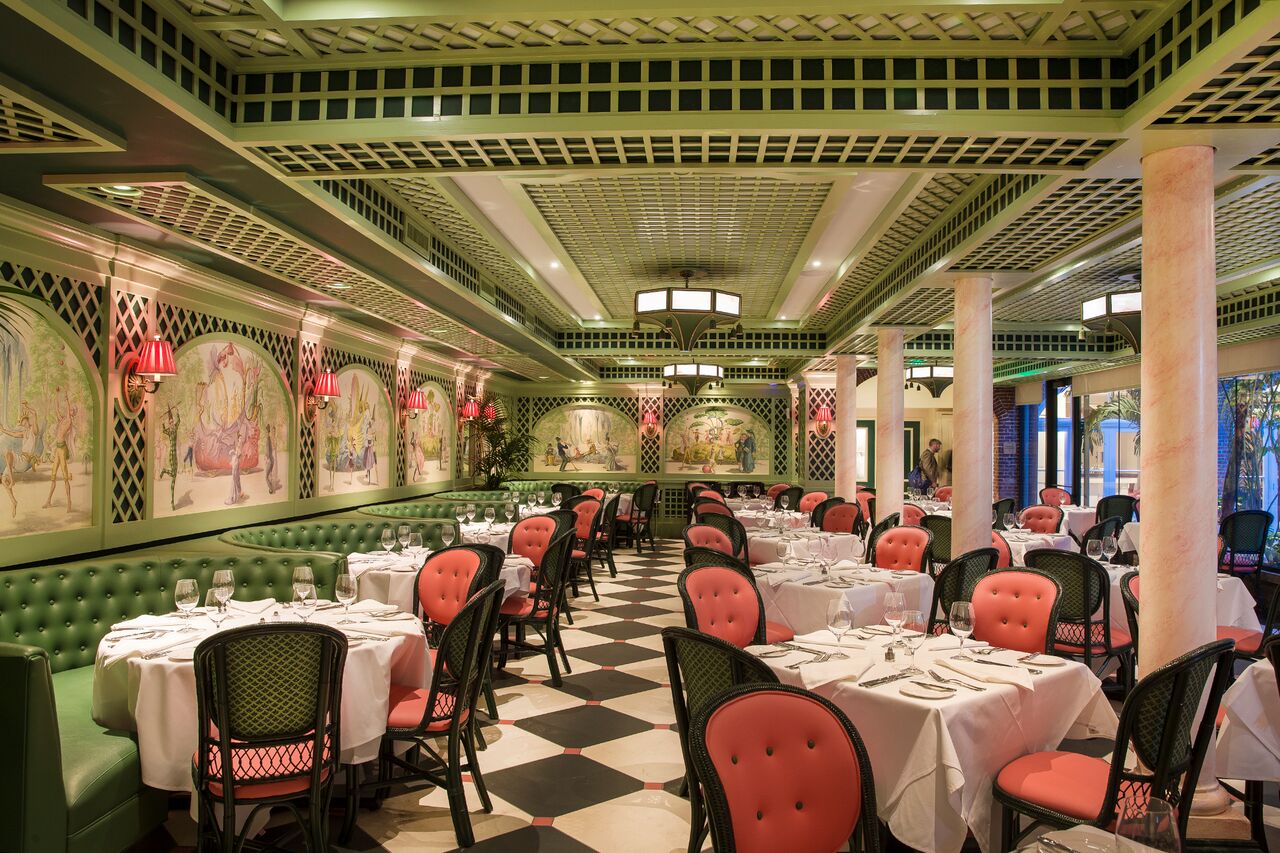
The
refurbishment, which went fairly fast, restored
every inch of Brennan’s so as to retain both its
historic architecture while bringing everything up
to a brilliant standard of fresh décor and
impeccable service.
The main dining room, with its orangerie
lattice-work and murals, and the brightly colored
private rooms are now among the most stunning in New
Orleans, and the great wine cellar is now
re-positioned, safe and sound, and very beautiful. (The wine
mark-ups are hefty, but not out of line with
competitors’ prices.) And since New Orleans is a
town famous for its own brand of sassy Southern
hospitality, Brennan’s is a template for dining out
in New Orleans in 2015 and well beyond.
Chef Slade Rushing figures
mightily into that hospitality, for there’s nothing
he won’t do to make a guest happy, displayed in a
menu that keeps all the old favorite signature
Brennan’s dishes, from its rich turtle soup with
grated spinach and the juicy braised pork grillades
with Georgia cheddar grits, eggs over easy and
Creole spices to eggs Hussarde of housemade
English muffins, coffee-cured Canadian bacon, a rich
Hollandaise and the lagniappe of a Marchand du vin
sauce, ending off with the restaurant’s famous
Bananas Foster flamed tableside ($8).
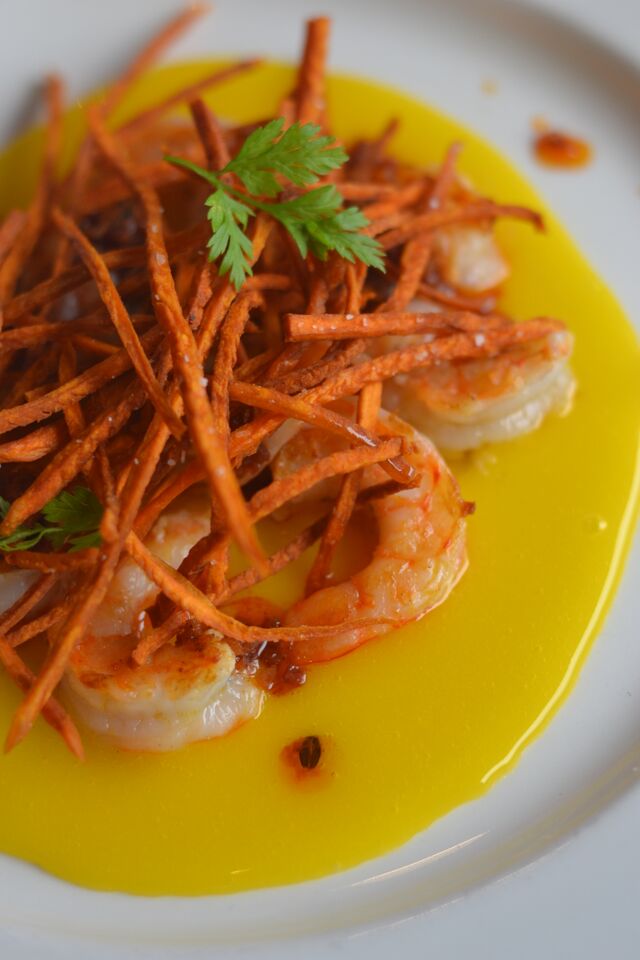 It’s a big
menu with plenty of options for breakfast ($39),
lunch ($38) and dinner à la carte. The blue
crab rémoulade with shaved jicama, avocado, and
mango vinaigrette ($13) is one of the very best in
the city, and they’ve added a terrific barbecue
lobster with Creole spiced butter, lemon and a
sprinkling of thyme on a toasted baguette ($19).
It’s a big
menu with plenty of options for breakfast ($39),
lunch ($38) and dinner à la carte. The blue
crab rémoulade with shaved jicama, avocado, and
mango vinaigrette ($13) is one of the very best in
the city, and they’ve added a terrific barbecue
lobster with Creole spiced butter, lemon and a
sprinkling of thyme on a toasted baguette ($19).
The reduction of
sauces here is a monument to classic rigors, evident
in a Steak Diane filet with potato confit, baby
carrots and brandy mushroom reduction ($28). The only
disappointment on the day I dined there was a rabbit
Rushing of fried Mississippi rabbit whose breading
fell off and with meat without much flavor, saved
somewhat by the creamed collards, eggs over easy and
zingy pickled pork jus ($28).
Unlike the
still disappointing Antoine’s, Brennan’s proves that
you can bring back the past with even more pleasure
than you might have remembered, while at the same
time making it all seem brand new.
EMERIL'S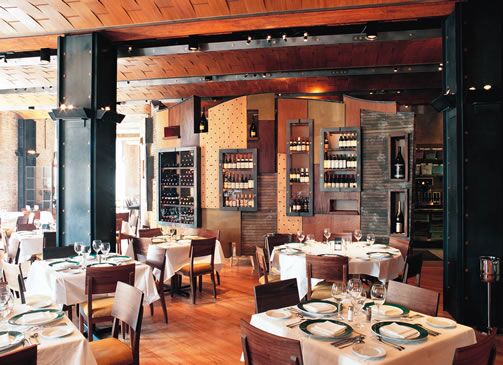
800 Tchoupitoulas Street
504-528-9393
www.emerilsrestaurants.com
No reader of this newsletter need be
reminded of the importance of what Emeril Lagasse
did for New Orleans and American cuisine. As the
chef who followed the late Paul Prudhomme at
Commander’s Palace, Emeril pioneered new Creole
cuisine with enormous panache, or as would become
his mantra “kicked up a notch.” He was also the
first to open in the city’s once run-down
Warehouse District, now largely gentrified because
of Emeril’s benediction.
When Emeril’s flagship opened in
1990 I ranked it as the best new restaurant of that
year, and some of the original dishes are still on
the menu, including the barbecue shrimp with little
rosemary
biscuits
and fresh chives.
Today Chef
de
Cuisine David Slater and his crew are maintaining
all that Emeril set in motion a quarter century ago.
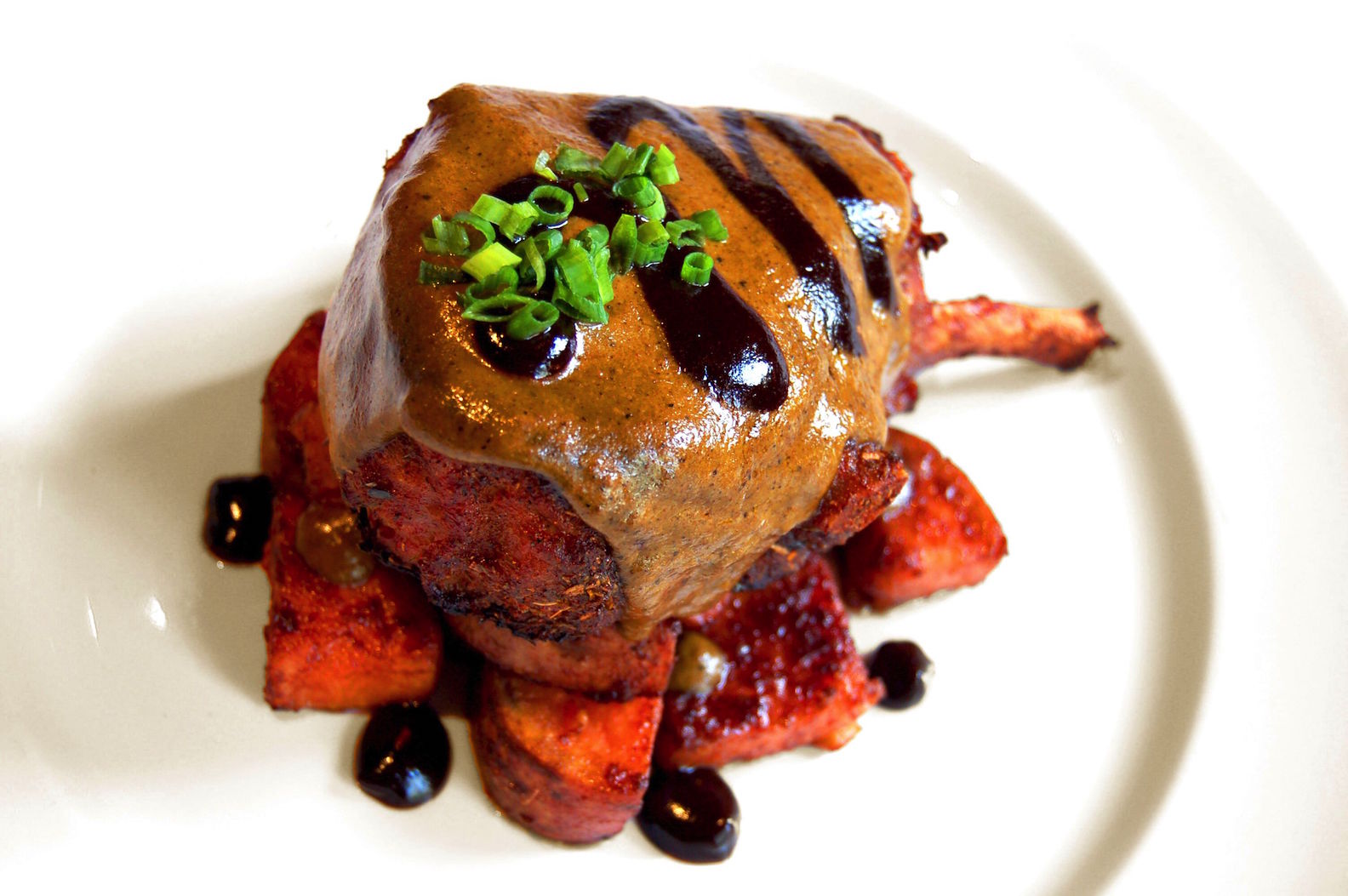 Everyone now
knows how Emeril became an enormous media star on
the Food Network, to the point where many, including
myself, believed he’d lost touch with all that made
him a masterful working chef. Far too
many management contracts followed for restaurants
that opened with fanfare and expired (he currently
has twelve operating under his name), and a few
years ago Emeril sold his entire empire, including
books, to Martha Stewart.
Everyone now
knows how Emeril became an enormous media star on
the Food Network, to the point where many, including
myself, believed he’d lost touch with all that made
him a masterful working chef. Far too
many management contracts followed for restaurants
that opened with fanfare and expired (he currently
has twelve operating under his name), and a few
years ago Emeril sold his entire empire, including
books, to Martha Stewart.
In retrospect, I think that was a
good thing for Emeril, who has stepped back a bit
and re-engaged with his original restaurant, whose
redecoration includes some much-needed
soundproofing.
From what I was told by his service staff,
Emeril is very often at his namesake restaurant, not
just as a face out front but as a chef tweaking
everything, every day he’s there. You’re
not likely to find him merely bounding out of the
kitchen roaring, “Oh yeah, babe!” or “Bam!”
So my meal was as close to as I
remember my first at Emeril’s twenty-five years ago,
its flavors and largess intact, its wine list better
than ever, all with perhaps a bit more refinement.
So I had some of the old dishes and some of the new. First off
was an excellent duck and andouille gumbo,
assertively seasoned but not so much as to take away
from the duck meat’s flavor. The amuse that
night was tuna and pork belly on lettuce. Also
delicious was the housemade andouille and boudin
sausage with braised collard greens, onions,
whole-grain mustard and Worcestershire sauce ($10). 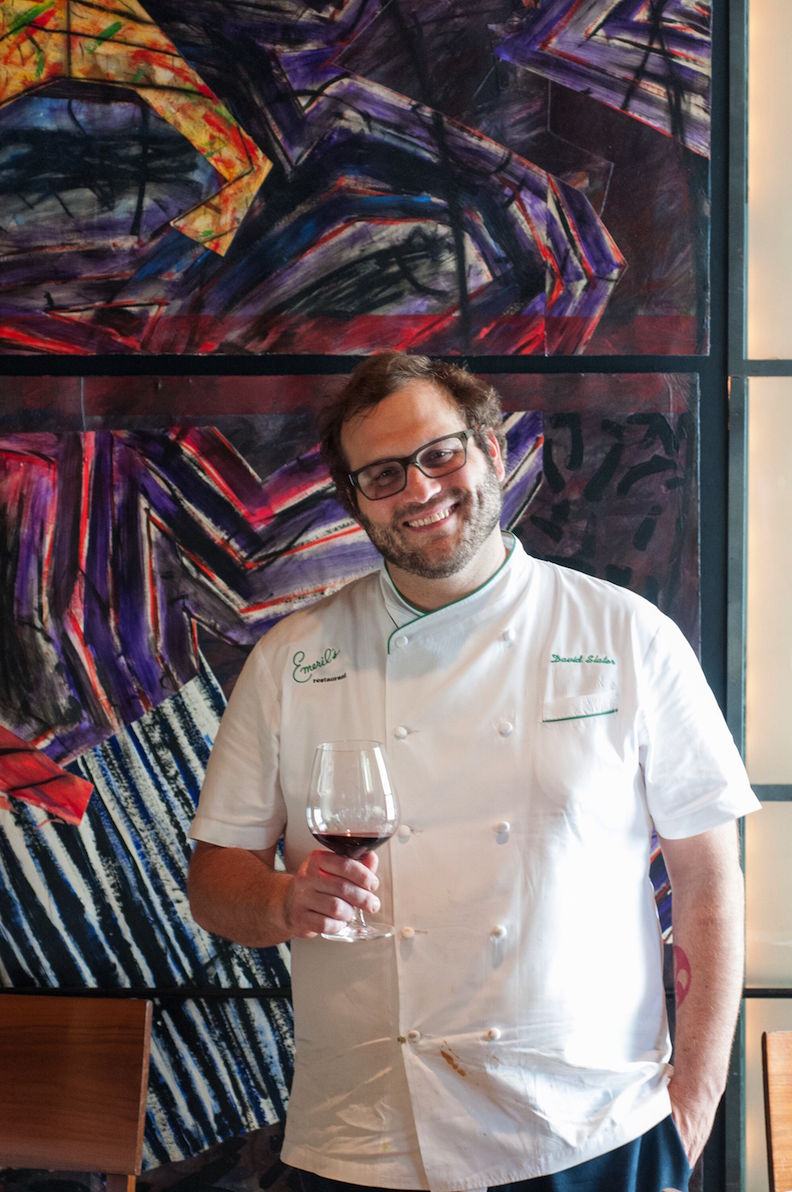
Not
particularly
Creole, and unnecessarily trendy, was a platter of
burrata, beef carpaccio and tomato ($17), and
you’ll find the inevitable kale salad, here happily
enlivened with blue crab, pickled Fresno chilies,
boiled peanuts, watermelon, radish, Parmesan, crisp
sweet onion and a citrus buttermilk dressing ($10). Crab and
corn dumplings with escarole and scallions was a
good middle course. The andouille-crusted drum fish
($29) was judiciously married to some grilled local
vegetables, shoestring potatoes, glazed pecans, and
Creole meuniére sauce ($29), and there was much to
love about a grilled pork chop with caramelized
sweet potatoes, tamarind glaze and green chili mole
($32).
But in some of the main courses I tried I
found too much adornment and heavy-handed
interaction of some first-rate ingredients. A
char-grilled beef ribeye with summer squash,
vermouth mushrooms, onions, collaborative chili, and
a bagna
cauda with Worcestershire butter and roasted
marrow ($43) was just way too much of a good thing,
so the ribeye got lost. So, too, Duck Milanese was
smothered by Louisiana field peas, succotash,
oven-dried cherry tomatoes, grilled peach salad,
truffle jus
and pecorino ($35), which was more than any main
ingredient can bear up under. So many sweet glazes
and caramelized vegetables and fruits can easily
blunt savory flavors.
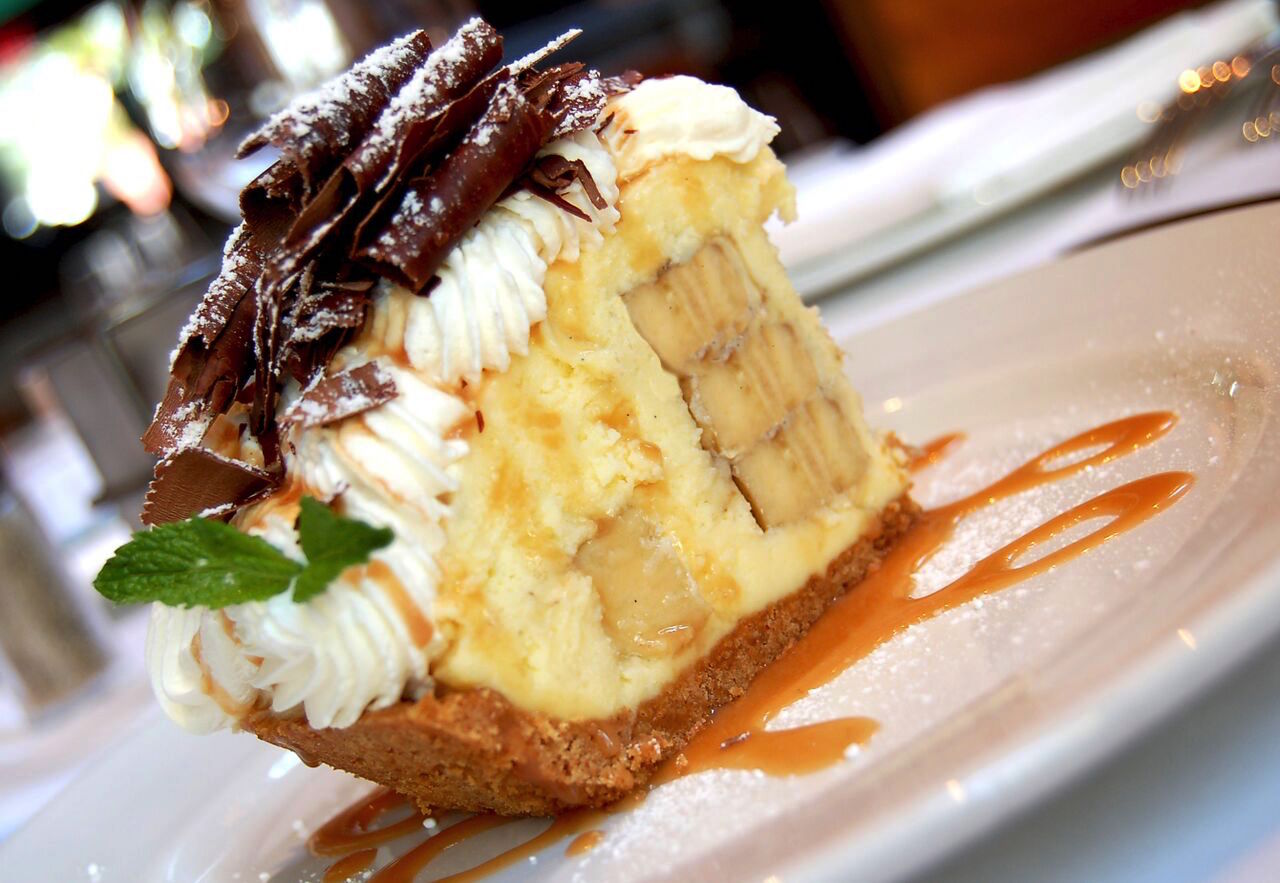 Which, of
course, can be forgiven in extravagant New Orleans
desserts like banana cream pie, s’mores, and peanut
butter pie ($6-$10).
Which, of
course, can be forgiven in extravagant New Orleans
desserts like banana cream pie, s’mores, and peanut
butter pie ($6-$10).
Sommelier Ray Gumpert still
stocks a magnificent cellar, with 1,800
selections and 13,000 bottles, not only one of the
largest but one of the most carefully selected in
America.
To
paraphrase the title of one of Emeril’s TV shows,
the essence of his cooking is the man’s open-hearted
spirit, for he is a true believer in generosity in
every form (he’s been one of the most dedicated
donors to local charities, even before Katrina), and
that includes the education of both the public and
his cooking staff.
Emeril so raised the image of chefs and
American cooking that he is part of the very fabric
of what makes New Orleans a movable feast.
Lunch Monday.-Friday; dinner nightly.
NEXT
WEEK: TWO NEW
NEW ORLEANS RESTAURANTS
❖❖❖
By John Mariani
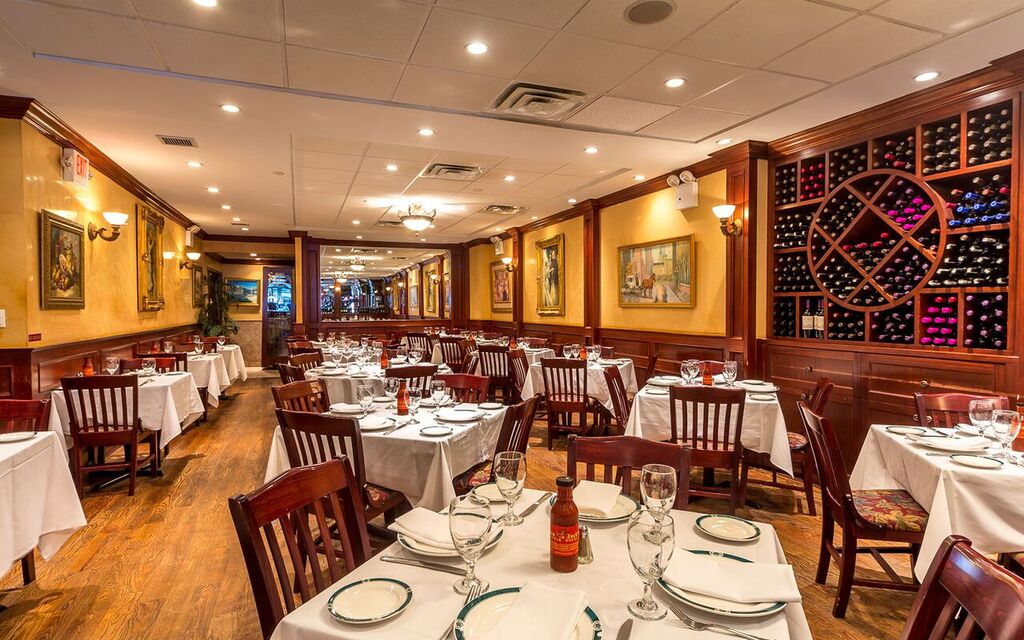
BEN & JACK' S STEAKHOUSE
255 Fifth Avenue (near 28th Street)
212-532-7600
benandjackssteakhouse.com
To paraphrase the refrain from
the Beatles song “Eleanor Rigby,” all the happy
people, where do they all come from? If you
wish to know one answer, set foot in Ben &
Jack’s Steakhouse in the NoMad neighborhood of
Manhattan and be prepared to see a full house of
people who are clearly enjoying themselves to the
hilt. Most
customers are men—this is a
steakhouse—but there are women, too, who feel
completely at home in an atmosphere so cordially
convivial.
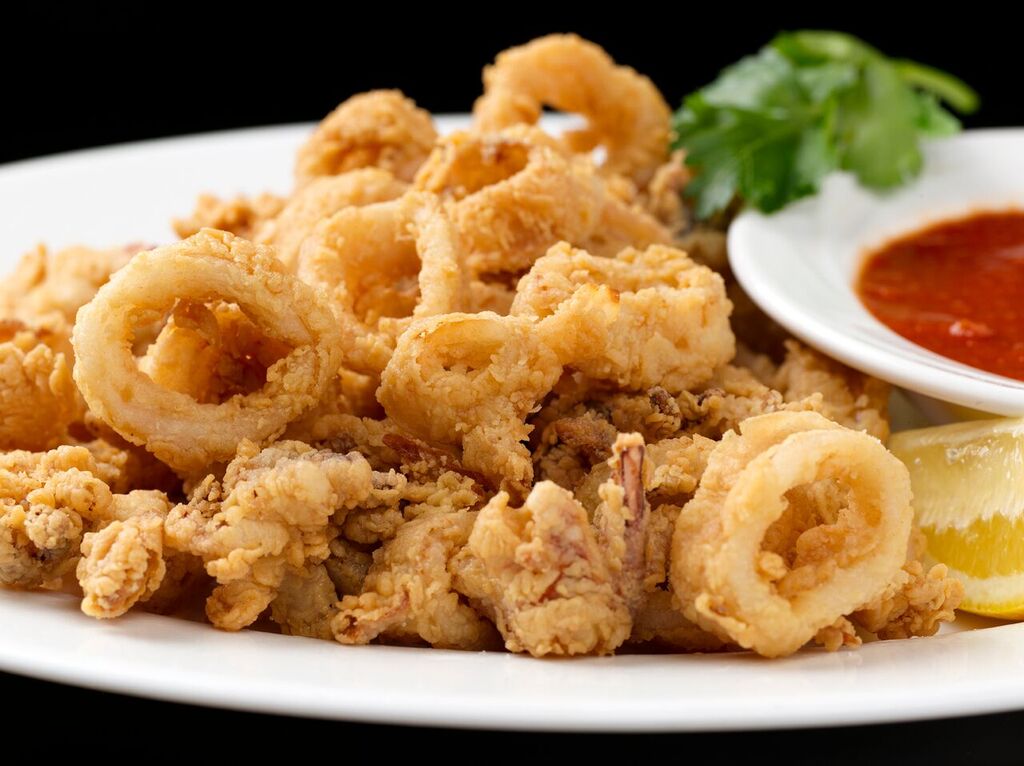 That begins
with the greeting and solicitude provided by
owners (and cousins) Ben and Jack Sinanaj (with
two siblings, Harry and Russ, along to help them
run the place), whose immigrant story of going
from busboys to upscale restaurateurs, with stops
at Manhattan Grille and Peter Luger along the way,
is testament once again to the American Dream come
true. Ten
years ago they opened the first Ben & Jack’s
(currently closed but due to re-open next year)
and their second six years ago, and they have
devoted themselves to the religion of the NYC
steakhouse, by which the best available
ingredients are handled with the utmost respect,
simplicity, and consistency, which is far more
difficult than it appears when you’re serving
thousands of meals every week, all overseen by Executive Chef Admir Alibasic.
That begins
with the greeting and solicitude provided by
owners (and cousins) Ben and Jack Sinanaj (with
two siblings, Harry and Russ, along to help them
run the place), whose immigrant story of going
from busboys to upscale restaurateurs, with stops
at Manhattan Grille and Peter Luger along the way,
is testament once again to the American Dream come
true. Ten
years ago they opened the first Ben & Jack’s
(currently closed but due to re-open next year)
and their second six years ago, and they have
devoted themselves to the religion of the NYC
steakhouse, by which the best available
ingredients are handled with the utmost respect,
simplicity, and consistency, which is far more
difficult than it appears when you’re serving
thousands of meals every week, all overseen by Executive Chef Admir Alibasic.
The restaurant, convenient to
Madison Square Garden, has two bars—cocktails are
excellently made—a long dining room and five
private dining spaces, at this time of the year
particularly popular. It’s a classic steakhouse
look—ocher-colored walls, dark wood, sturdy
chairs, white tablecloths, a wine wall.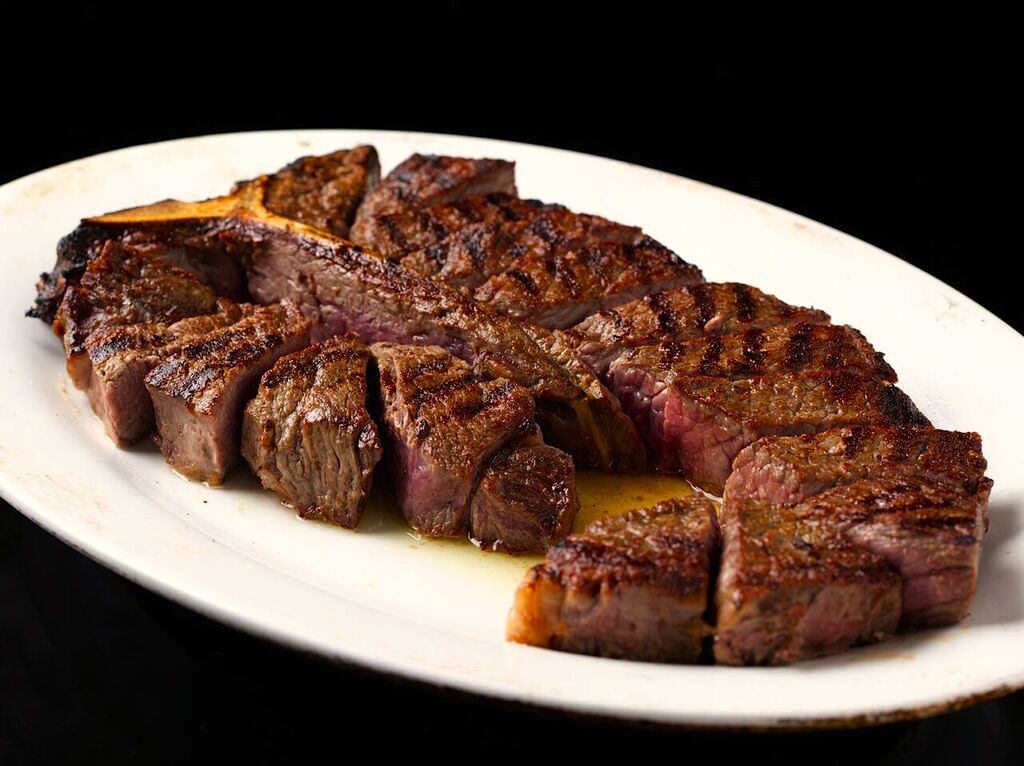
The menu doesn’t differ much
from the entrenched Peter Luger model, but it’s
more wide-ranging, with far more appetizers and
salads, soups, and even a pasta section. On
my recent visit we began with some of the best
breaded, fried calamari (above) I’ve had in NYC; what
seems so easy to do actually requires a very fine
quality of calamari, breading with its own flavor,
and a perfect frying temperature to keep that
breading intact and every single one of the
calamari tender.
Ben & Jack’s version is perfection. A
rafter of oysters were in peak condition, and
yellowfin tuna tartare had plenty of flavor. A
bacon wedge salad with tomatoes, abundant blue
cheese crumbles and Roquefort dressing had a nice
icy crispness to the lettuce. The
only disappointment was a crabcake so packed with
breading and so devoid of lump crab meat that it
was like eating a clump of wet white bread.
It goes
without saying that the USDA dry-aged Prime beef
is why people come here, and the sliced
porterhouse for two (right) and a very well-marbled,
very juicy ribeye
had exactly the char I asked for while
remaining perfectly medium-rare within, and that
char makes a big difference. I also
ordered a four-pound lobster, streamed and cracked
but left in the shell, and it was a very meaty
critter indeed, accompanied by 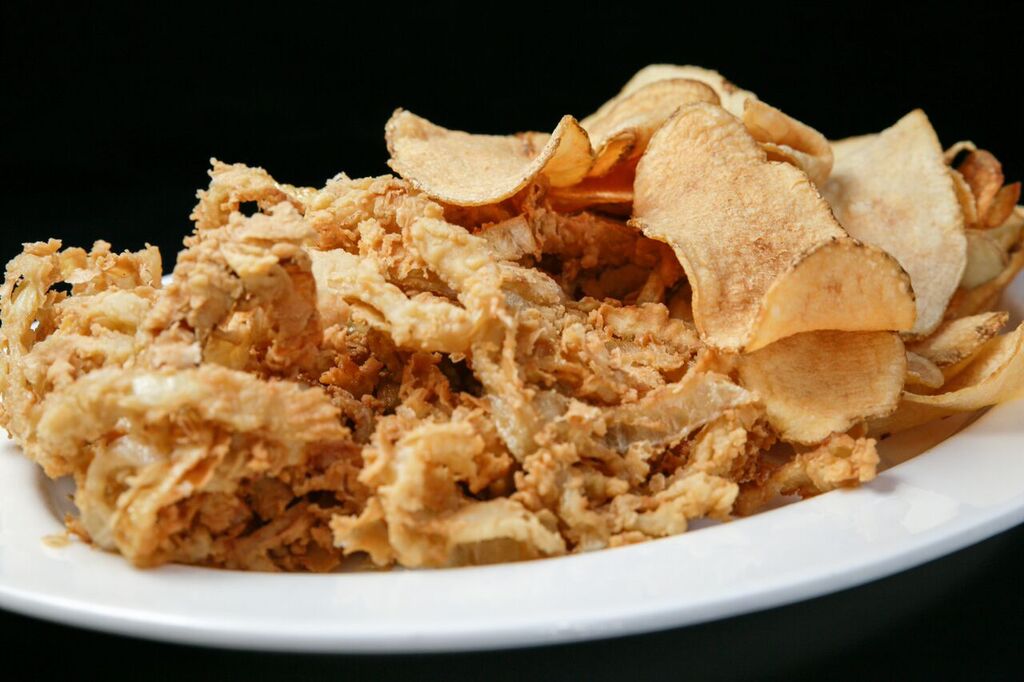 a big bowl of clarified
butter. (By
not having the waiter de-shell the lobster, the
meat stays warmer.)
a big bowl of clarified
butter. (By
not having the waiter de-shell the lobster, the
meat stays warmer.)
Side dishes in a steakhouse can
mean the difference between a good one and a great
one, and at Ben & Jack’s they succeed across
the board, not least with their mixed platter of
very crisp, wholly greaseless cottage fries and
onion (left),
both full of flavor on their own, not from the
oil. A
portion of sautéed spinach was almost generous
enough to justify a tab of $11.95.
Desserts do
nothing to differ from so many other steakhouses
that, like Ben & Jack’s, ship theirs in, but
the cheesecake is the way to go.
The wine list is,
obviously, richest in red wines, particularly
American, but with some fine Italian offerings as
well. The
white wine list needs bolstering.
It seems
impossible not to enjoy yourself immensely at Ben
& Jack’s, especially since the two men whose
names are on the door and their cousins are there
to make sure you do; after all, there are no such
people as Smith & Wollensky, Peter Luger is
long gone, and too many other steakhouses are now
chains with names like Ruth’s Chris and Palm. You go
to Ben & Jack’s, they get to know you, they
want you back, and they’ll have your cocktail
ready by the time you open the menu.
Open for
lunch and dinner daily; Appetizers and Salads:
$3.95 - $20.95; Steaks and Seafood: $30.95-
$42.95; Sides: $6.95 - $11.95; Desserts: $9.95 Prix
fixe at lunch $29.95.
❖❖❖
ROSÉ CHAMPAGNES MAKE FOR A MORE FESTIVE
HOLIDAY
By John Mariani
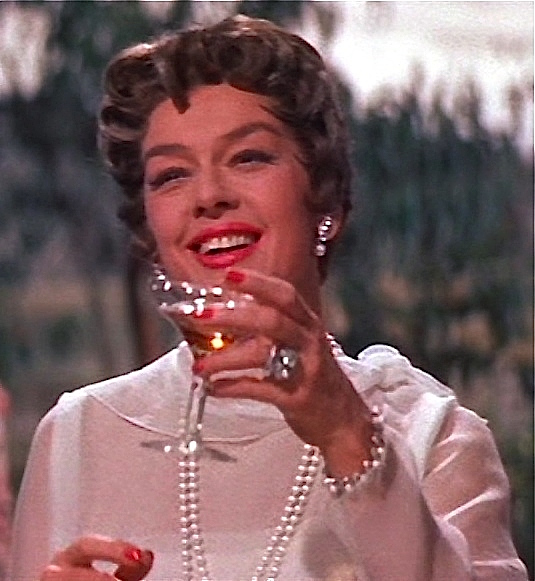
Far
be it from me to perpetuate the idea that
Champagne is only for holidays, business deals,
weddings and World Series wins, but the December
holidays are upon us and drinking a good
Champagne seems almost requisite. And to my mind
there is none better or more celebratory than
rosé Champagnes, which once had a reputation for
being “the pink stuff.”
In a historic sense, rosé Champagne is
something of an anomaly, for the goal of a
Champagne maker is to produce as fine a white wine
as possible, even when using black pinot noir
grapes. Rosé wine, still or sparkling, can be made
by macerating the red grapes at pressing to
achieve color, and it's tricky business that van
easily go wrong. Champagne is that rare
appellation that allows rosés to be made by
blending in red wine, and today 90 percent of the
rosé Champagnes are made this way.
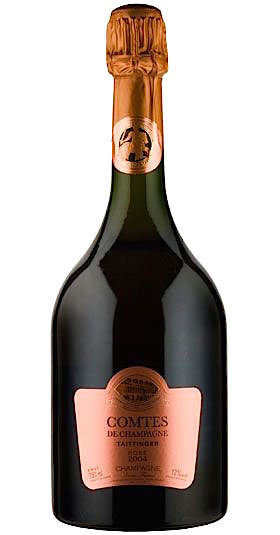 Despite
rosés’ perky image, the top Champagne producers
have for some time now put the same diligent
efforts into their rosés as into their blanc des
blancs and prestige cuvées, and the astronomical
prices can be about the same. But there are now so
many superb rosés in the market selling for well
under $100 a bottle that the idea of spending $200
and more for a vintage rosés seems a bit excessive
these days.
Despite
rosés’ perky image, the top Champagne producers
have for some time now put the same diligent
efforts into their rosés as into their blanc des
blancs and prestige cuvées, and the astronomical
prices can be about the same. But there are now so
many superb rosés in the market selling for well
under $100 a bottle that the idea of spending $200
and more for a vintage rosés seems a bit excessive
these days.
Also, I find that so many of the
top-of-the-line roses are deliberately made to be
bone dry, which I think robs them of the component
of fruit that is essential to any wine, sparkling
or not. Thus,
I found Nicolas
Feuillatte Palmes d’Or Rosé Brut (the
2005 vintage runs about $150) more than austere,
even a little soapy.
Nicholas
Feuillatte Brut Rosé non-vintage ($40),
unlike the 2002, is a sleek, gorgeously
constructed wine with perfume and ripeness. If
this is a workhorse Champagne, it’s from very fine
stock indeed.
The two rosés that make me happiest, at any time
of the year, are, first, Taittinger
Comtes de Champagne Brut Rosé (2005 is
$175), a favorite of James Bond in the Ian Fleming
novels, both for its exquisite, silky color and
its judicious balance of fruit and depth of pinot
noir flavor, though I think it's getting drier
every vintage; and second, but equally enticing, Charles Heidsieck
Brut Rosé Reserve ($70), a
non-vintage, with deep salmon-pink color married
to floral, almost rose-like notes, with a good
ballast of citrus in tandem with the fruit. It's
got definite heft, owing to using 20 percent seven
or eight year-old reserve wines in the final blend
and maturing the wine for three years. I
enjoyed it with a fish of coddled eggs and white
truffles recently--a match made in culinary heaven
for the holidays.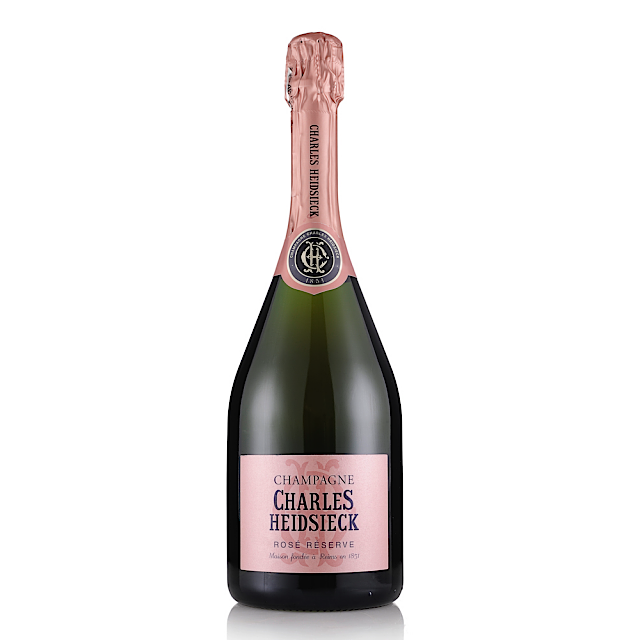
I will admit to being in thrall to Perrier-Jouët’s 2004
Fleur de Champagne Brut Rosé, whose
signature style has always been to balance fruit
and citrus flavors with enormous finesse.
Unfortunately, it sells for $200-$300 a bottle.
A much more palatable price
for a very fine non-vintage Champagne is Drappier Brut Rosé
($60) made from 100 percent pinot noir,
using the saignée
("bleeding") method, by which some of the red
wine is macerated for three days to become more
concentrated and ferments separately to produce
this full-bodied rosé.
G.H. Mumm
Cordon Rouge Brut Rosé non-vintage
($50-$65)—good old Mumm-sy, the Champagne you
always see in movies being splashed about. Its
former predictability has evolved into admirable
consistency in a style that has depth and
celebratory sparkle.
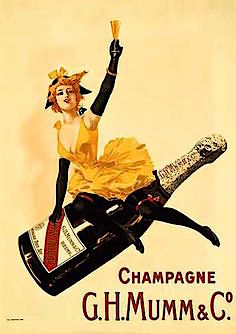 Bruno Paillard Rosé
Brut Première Cuvée non-vintage
($60-$75)—The charm of this pretty rosé is in its
adaptability to so many foods, from lobster to
chicken, from smoked salmon to light desserts, and
its high color is a joy in itself.
Bruno Paillard Rosé
Brut Première Cuvée non-vintage
($60-$75)—The charm of this pretty rosé is in its
adaptability to so many foods, from lobster to
chicken, from smoked salmon to light desserts, and
its high color is a joy in itself.
Henriot
Brut Rosé non-vintage ($50-$60)—If you
expect fruit in a rosé, Henriot delivers gushers
of it, which makes it a fine aperitif to kick off
the evening and ideal with holiday sweets and
cookies, even dark chocolate.
Louis
Roederer 2009 Brut Rosé ($60)—Absolutely
luscious, downright creamy, for me is the very
essence of a rosé Champagne.
Ayala Brut
Rose Majeur non-vintage ($50)—Since
Bollinger bought this small estate in 2005, it has
improved greatly with a style in direct contrast
to Bollinger’s staid, classic austerity. Ayala is
a light-bodied Champagne that everyone should
enjoy a glass or two of before dinner but perhaps
not enough body for afterwards.
 THE BARBARIANS ARE AT THE
GATES!!!!
THE BARBARIANS ARE AT THE
GATES!!!!
As part of
its global strategy Domino's Pizza is launching
several locations of the chain in Italy, beginning
with the city of Milan, with four by year's end. "No
major American pizza brand has successfully entered
the market," the president of Domino's International
clarifies. "We're going where no major pizza brand has
gone before." Indeed, Pizza Hut has
said, wisely, "Italy does not fit with our
global brand story." Domino's says the Italian recipes
were created to fit Italian tastes.
FOOD WRITING 101: TRY NOT TO SOUND AS IF YOUR SENTENCES ARE

TRANSLATED FROM BULGARIAN
“How can big-deal fancy-food French
restaurants perpetuate themselves in a time that is kind
neither to fancy (as opposed to fantastical) nor,
really, to French food?” –Adam Gopnik, “Gabriel
Kreuther,” The
New Yorker (Nov 6, 2015)
❖❖❖
Sponsored by Banfi Vintners
TOWERING
ELEGANCE
By John Fodera, TuscanVines.com
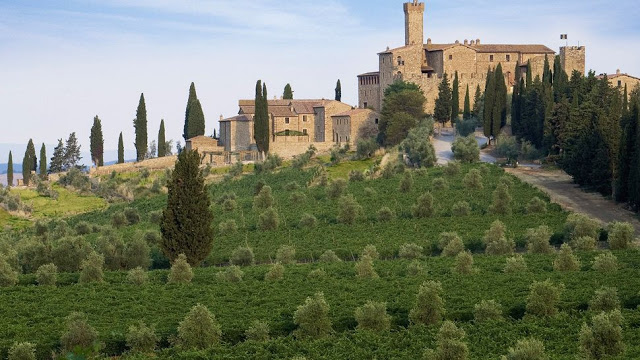 I can't
think of a better descriptor than Towering
Elegance. To me, it relates both strength and
grace. Forte
con calma. I've been a lover of SummuS for
well over a decade now and have tasted every vintage
produced several times over. It's a wine
produced in only ideal vintages and one which
encompasses the true essence of the Super Tuscan
concept.
I can't
think of a better descriptor than Towering
Elegance. To me, it relates both strength and
grace. Forte
con calma. I've been a lover of SummuS for
well over a decade now and have tasted every vintage
produced several times over. It's a wine
produced in only ideal vintages and one which
encompasses the true essence of the Super Tuscan
concept.
Sourced from hillside estate
vineyards on the southern slopes of Montalcino, the
vineyards that produce the fruit for Summus sit between
120-250 meters above sea level. The Sangiovese
vines are at the highest altitude while the Cabernet and
Syrah vines are lower. The varying altitudes allows
ideal maturation for each variety, a concept that is
especially important in retaining Sangiovese's aromatic
character and maintaining its fresh acidity.
The three varieties are vinified
separately in Castello Banfi's specialized hybrid
oak/steel fermenters and then aged in custom French barrique
separately for 12 months. Once 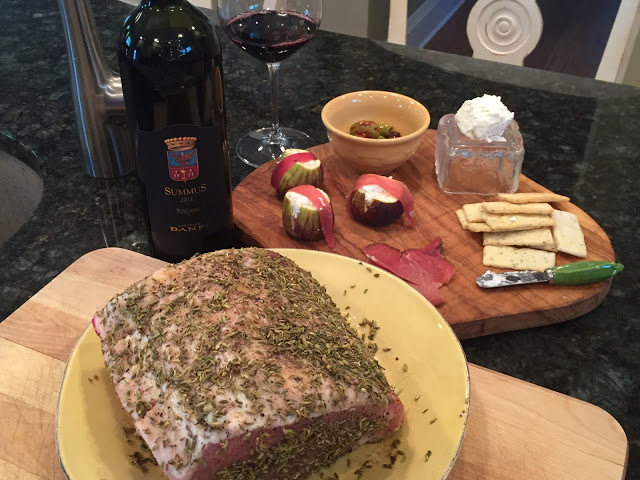 blended, aging continues in
oak for another 8-10 months before 6-12 months final
bottle aging.
blended, aging continues in
oak for another 8-10 months before 6-12 months final
bottle aging.
Recently, we opened the latest
release from Castello Banfi. The 2011 SummuS
is without question, one of the greatest SummuS I've
ever tasted. It hits on all cylinders. Each
varietal in the blend asserts itself individually, yet
each joins the overall harmony in a way that doesn't
dominate.
In the glass, the wine is a deep,
blackish purple. The aromas are frankly, luxurious
with crushed black fruit, fresh
flowers, tobacco, sage, spice, and
mineral. It's so attractive to smell. On the
palate, the Sangiovese takes center stage right 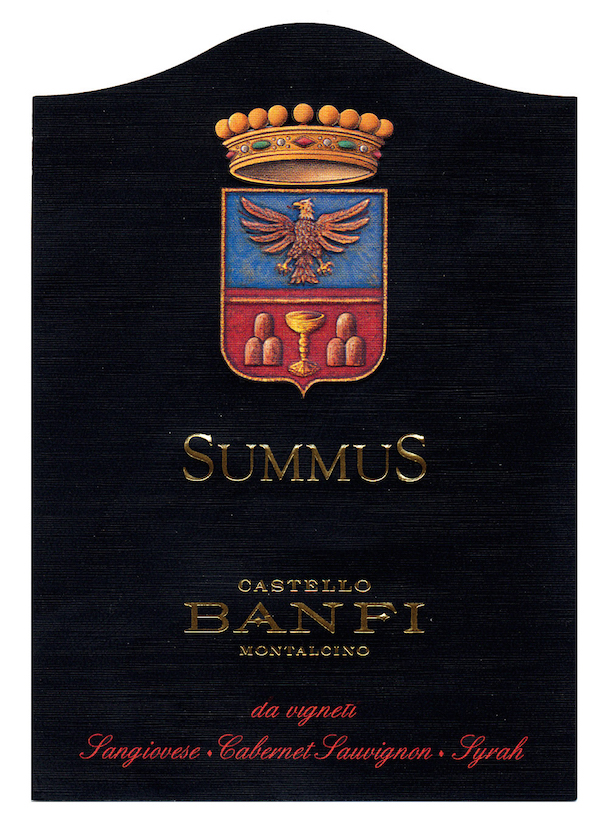 now - a trait not usually encountered by
me in young SummuS, where the Cabernet seems to dominate
in its youth. Bright flavors of black cherry,
sweet pipe tobacco, roasted coffee, and fennel are
penetrating. The texture of the wine is silky
smooth - velvety with graceful powerful grip behind it
all. Again, Forte con calma. Long,
flavorful, elegant finish. Absolutely love
this. 96 points.
now - a trait not usually encountered by
me in young SummuS, where the Cabernet seems to dominate
in its youth. Bright flavors of black cherry,
sweet pipe tobacco, roasted coffee, and fennel are
penetrating. The texture of the wine is silky
smooth - velvety with graceful powerful grip behind it
all. Again, Forte con calma. Long,
flavorful, elegant finish. Absolutely love
this. 96 points.
As you can see
from the above photo, we paired SummuS with a
toasted fennel seed encrusted boneless pork roast and
the match was absolutely heaven. The fat in the
meat elevated the fruit in the wine and the fennel in
each was the perfect compliment. A 100-point
pairing.
Salute!
Any of John Mariani's books below may be ordered from amazon.com.
 I'm
proud and happy to announce that my new book, The Hound in Heaven
(21st Century Lion Books), has just been published
through Amazon and Kindle.
I'm
proud and happy to announce that my new book, The Hound in Heaven
(21st Century Lion Books), has just been published
through Amazon and Kindle. It is a novella, and for anyone who loves dogs, Christmas, romance, inspiration, even the supernatural, I hope you'll find this to be a treasured favorite. The story concerns how, after a New England teacher, his wife and their two daughters adopt a stray puppy found in their barn in northern Maine, their lives seem full of promise. But when tragedy strikes, their wonderful dog Lazarus and the spirit of Christmas are the only things that may bring back his master back from the edge of despair.
WATCH THE VIDEO!
“What a huge surprise turn this story took! I was completely stunned! I truly enjoyed this book and its message.” – Actress Ali MacGraw
“He had me at Page One. The amount of heart, human insight, soul searching, and deft literary strength that John Mariani pours into this airtight novella is vertigo-inducing. Perhaps ‘wow’ would be the best comment.” – James Dalessandro, author of Bohemian Heart and 1906.
“John Mariani’s Hound in Heaven starts with a well-painted portrayal of an American family, along with the requisite dog. A surprise event flips the action of the novel and captures us for a voyage leading to a hopeful and heart-warming message. A page turning, one sitting read, it’s the perfect antidote for the winter and promotion of holiday celebration.” – Ann Pearlman, author of The Christmas Cookie Club and A Gift for my Sister.
“John Mariani’s concise, achingly beautiful novella pulls a literary rabbit out of a hat – a mash-up of the cosmic and the intimate, the tragic and the heart-warming – a Christmas tale for all ages, and all faiths. Read it to your children, read it to yourself… but read it. Early and often. Highly recommended.” – Jay Bonansinga, New York Times bestselling author of Pinkerton’s War, The Sinking of The Eastland, and The Walking Dead: The Road To Woodbury.
“Amazing things happen when you open your heart to an animal. The Hound in Heaven delivers a powerful story of healing that is forged in the spiritual relationship between a man and his best friend. The book brings a message of hope that can enrich our images of family, love, and loss.” – Dr. Barbara Royal, author of The Royal Treatment.
 |
The Encyclopedia of American Food and Drink by John F. Mariani (Bloomsbury USA, $35) Modesty forbids me to praise my own new book, but let me proudly say that it is an extensive revision of the 4th edition that appeared more than a decade ago, before locavores, molecular cuisine, modernist cuisine, the Food Network and so much more, now included. Word origins have been completely updated, as have per capita consumption and production stats. Most important, for the first time since publication in the 1980s, the book includes more than 100 biographies of Americans who have changed the way we cook, eat and drink -- from Fannie Farmer and Julia Child to Robert Mondavi and Thomas Keller. "This book is amazing! It has entries for everything from `abalone' to `zwieback,' plus more than 500 recipes for classic American dishes and drinks."--Devra First, The Boston Globe. "Much needed in any kitchen library."--Bon Appetit. |
"Eating Italian will never be the same after reading John Mariani's entertaining and savory gastronomical history of the cuisine of Italy and how it won over appetites worldwide. . . . This book is such a tasteful narrative that it will literally make you hungry for Italian food and arouse your appetite for gastronomical history."--Don Oldenburg, USA Today. "Italian
restaurants--some good, some glitzy--far
outnumber their French rivals. Many of
these establishments are zestfully described
in How Italian Food Conquered the World, an
entertaining and fact-filled chronicle by
food-and-wine correspondent John F.
Mariani."--Aram Bakshian Jr., Wall Street
Journal.
"Equal parts
history, sociology, gastronomy, and just
plain fun, How Italian Food Conquered the
World tells the captivating and delicious
story of the (let's face it) everybody's
favorite cuisine with clarity, verve and
more than one surprise."--Colman Andrews,
editorial director of The Daily
Meal.com. "A fantastic and fascinating
read, covering everything from the influence
of Venice's spice trade to the impact of
Italian immigrants in America and the
evolution of alta cucina. This book will
serve as a terrific resource to anyone
interested in the real story of Italian
food."--Mary Ann Esposito, host of PBS-TV's
Ciao
Italia. "John Mariani has written the
definitive history of how Italians won their
way into our hearts, minds, and
stomachs. It's a story of pleasure over
pomp and taste over technique."--Danny Meyer,
owner of NYC restaurants Union Square
Cafe, The Modern, and Maialino.
|
 |
 |
 |
 |
 |
 |
 |
 |
 Everett Potter's Travel Report:
Everett Potter's Travel Report: 
 Eating Las
Vegas is the new on-line site for
Virtual Gourmet contributor John A. Curtas.,
who since 1995 has been commenting on the
Las Vegas food scene and reviewing
restaurants for Nevada Public Radio.
He is also the restaurant critic for KLAS
TV, Channel 8 in Las Vegas, and his past
reviews can be accessed at KNPR.org.
Click on the logo below to go directly to
his site.
Eating Las
Vegas is the new on-line site for
Virtual Gourmet contributor John A. Curtas.,
who since 1995 has been commenting on the
Las Vegas food scene and reviewing
restaurants for Nevada Public Radio.
He is also the restaurant critic for KLAS
TV, Channel 8 in Las Vegas, and his past
reviews can be accessed at KNPR.org.
Click on the logo below to go directly to
his site.

Tennis Resorts Online: A Critical Guide to the World's Best Tennis Resorts and Tennis Camps, published by ROGER COX, who has spent more than two decades writing about tennis travel, including a 17-year stretch for Tennis magazine. He has also written for Arthur Frommer's Budget Travel, New York Magazine, Travel & Leisure, Esquire, Money, USTA Magazine, Men's Journal, and The Robb Report. He has authored two books-The World's Best Tennis Vacations (Stephen Greene Press/Viking Penguin, 1990) and The Best Places to Stay in the Rockies (Houghton Mifflin, 1992 & 1994), and the Melbourne (Australia) chapter to the Wall Street Journal Business Guide to Cities of the Pacific Rim (Fodor's Travel Guides, 1991).


MARIANI'S VIRTUAL GOURMET
NEWSLETTER is published weekly. Editor/Publisher: John
Mariani.
Editor: Walter Bagley. Contributing Writers: Christopher Mariani,
Robert Mariani, Misha
Mariani,
John A. Curtas, Edward Brivio, Mort Hochstein,
Andrew Chalk, Dotty Griffith and Brian Freedman. Contributing
Photographers: Galina Dargery, Bobby
Pirillo. Technical Advisor: Gerry McLoughlin.
To un-subscribe from this newsletter,click here.
© copyright John Mariani 2015
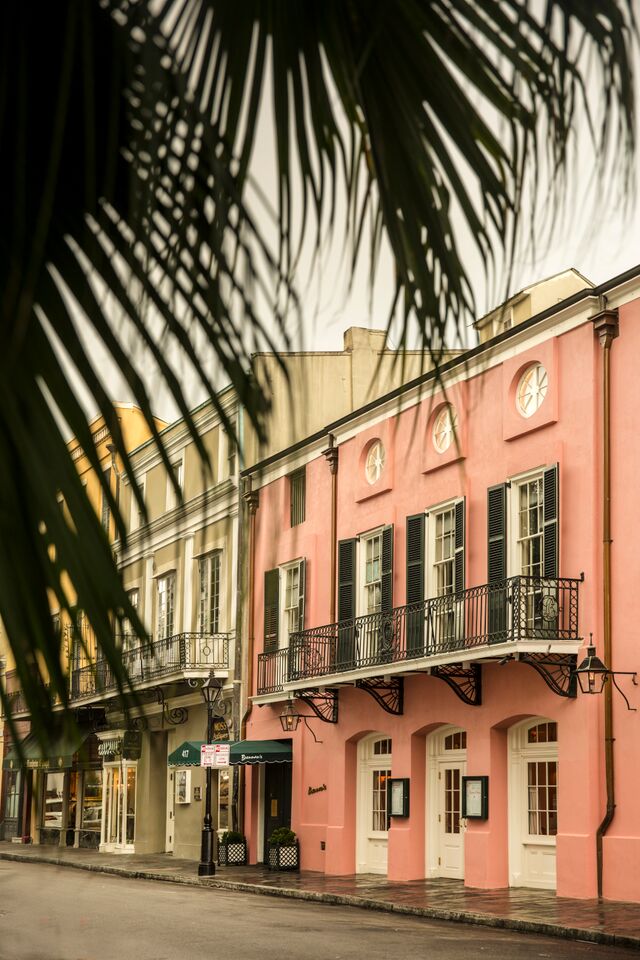 BRENNAN'S
BRENNAN'S
